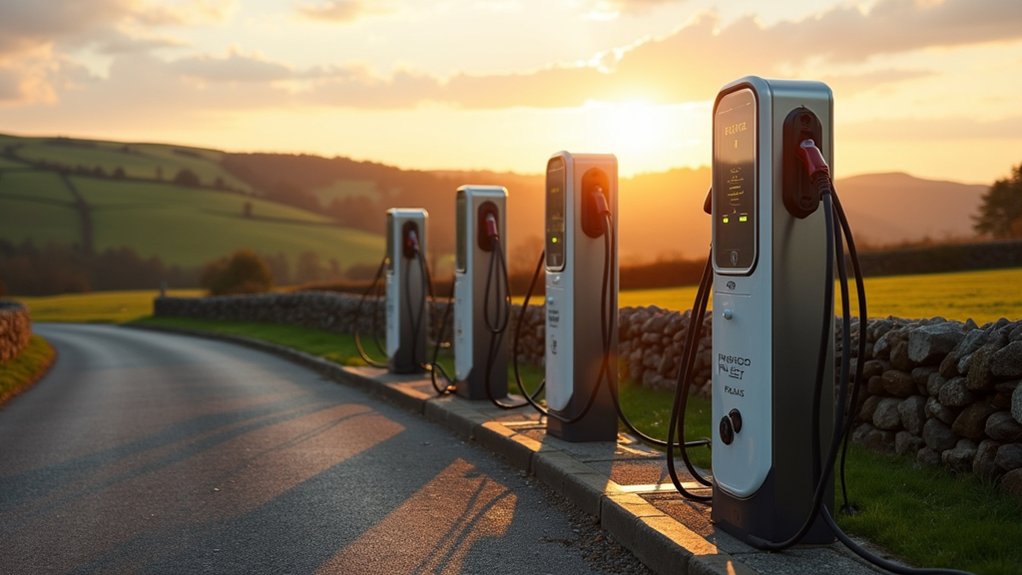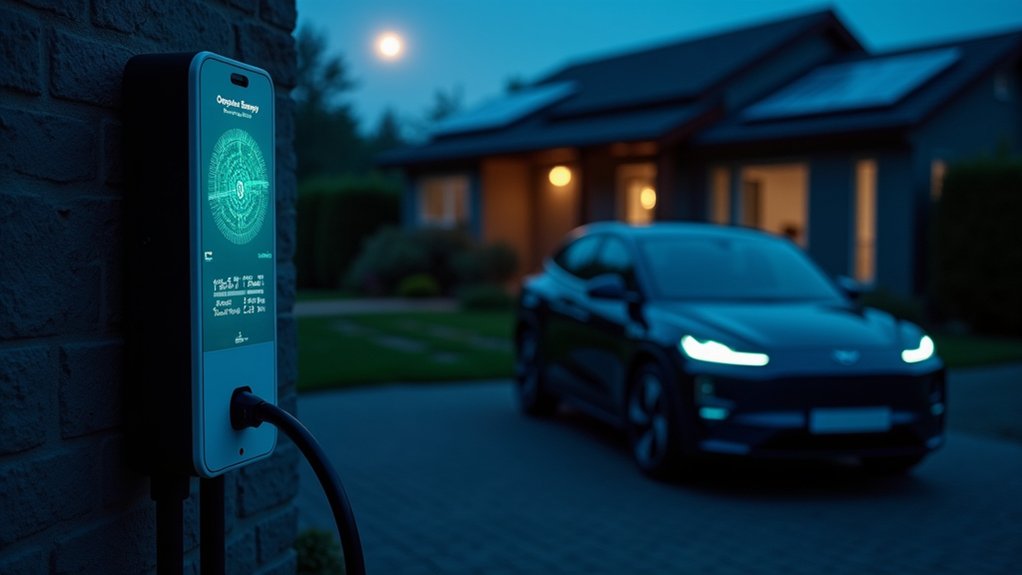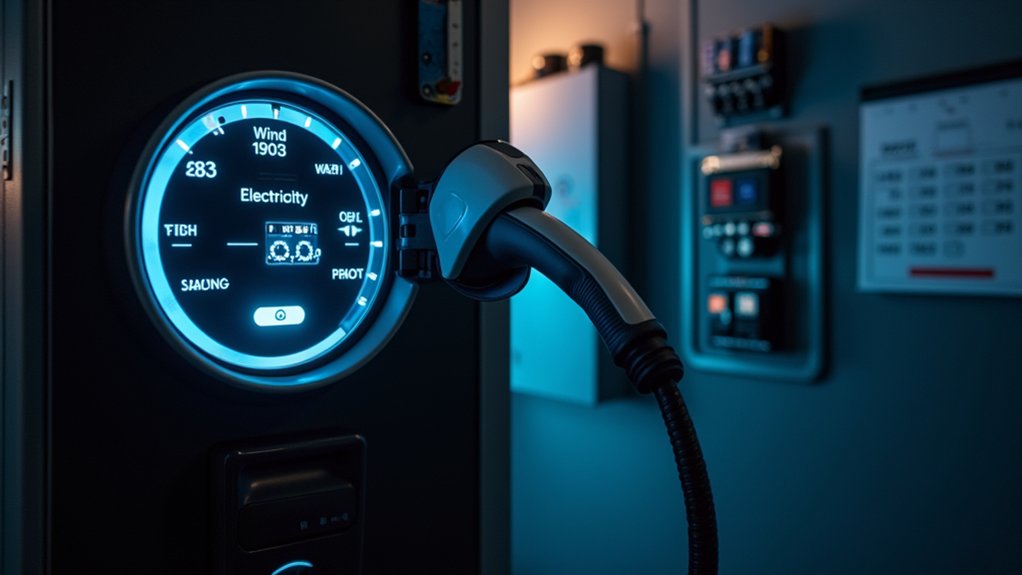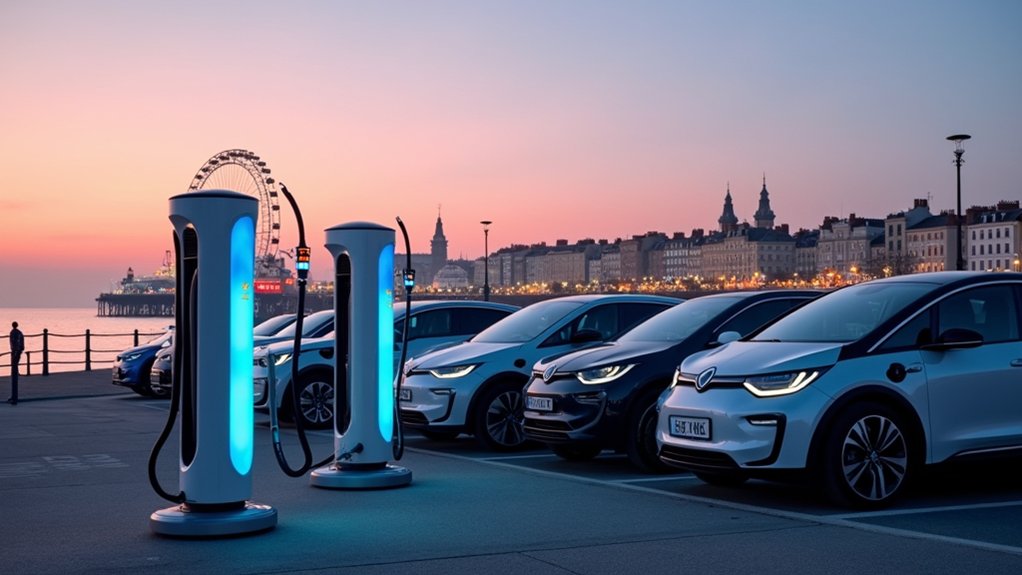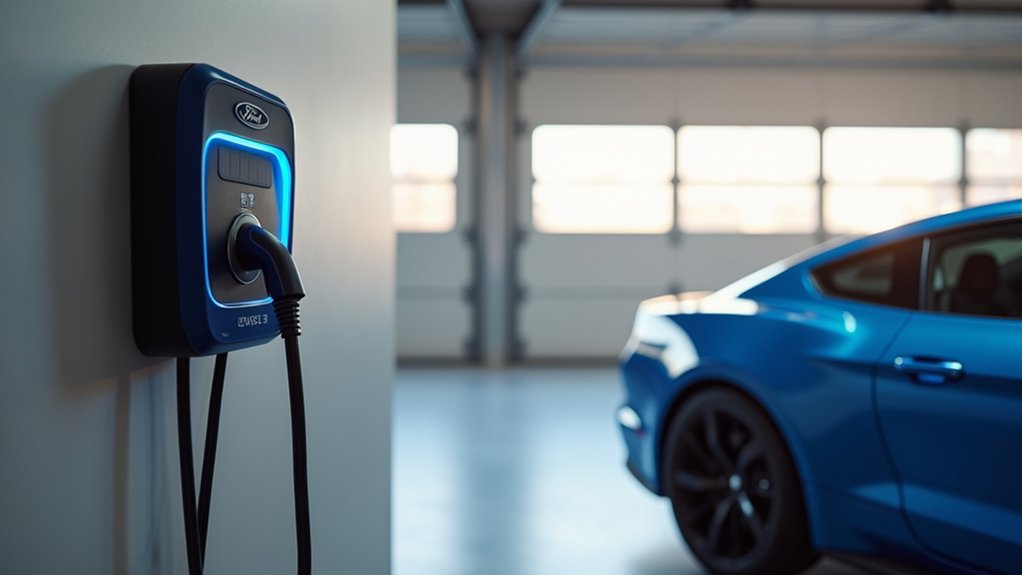While the shift to electric vehicles accelerates across Britain, England’s charging infrastructure continues its impressive expansion with 80,998 public charging points operational by May 2025. The network grew remarkably from 73,334 devices in January to 76,507 by April, demonstrating the government’s commitment to supporting EV adoption.
I’ve analyzed the quarterly statistics summarizing charging devices available on the Transport Statistics Geography Portal, showing 3,141 new charge points added in Q1 alone, a pace that should comfortably exceed the 100,000-point target if maintained.
The distribution of charging infrastructure reveals significant regional patterns. Urban centers predictably dominate with higher device density, illustrated clearly in the Department for Transport‘s color-coded maps where dark blue areas (top 20% of authorities) contrast sharply with pale yellow regions of lower availability. This urban-rural divide represents perhaps the greatest challenge to universal EV adoption.
Rapid and ultra-rapid charging technologies form the backbone of practical EV ownership. The current 15,446 high-power devices (≥50kW) enable genuine convenience for longer journeys, though their urban concentration mirrors broader distribution trends. These high-powered chargers are supported by a growing network of 653 charging hubs across the UK. Despite impressive progress, projections indicate that the UK will need significantly more infrastructure, with estimates suggesting 140,000 fast-chargers will be required nationwide by 2030 to meet growing demand.
High-power charging infrastructure delivers the speed essential for practical EV adoption, despite persistent urban-rural deployment imbalances.
The classification system sensibly categorizes multi-connector units according to their highest available speed capability.
The OZEV grant schemes continue driving infrastructure growth, with charging point expansion outpacing even the robust 35% growth in battery electric vehicle adoption. This encouraging ratio suggests the infrastructure may finally be pulling ahead of demand, rather than lagging behind it.
Data accessibility through the Transport Statistics Geography Portal allows unprecedented transparency in monitoring the rollout. The quarterly refresh of geographical statistics enables targeted investment in underserved areas, a smart approach to addressing regional disparities.
The trajectory appears promising. With 115,241 connectors already deployed and installation rates accelerating, England’s ambitious 100,000-charger target seems increasingly within reach.
The system isn’t perfect – rural areas still lag considerably – but the foundations for a thorough national charging network are unmistakably taking shape.
